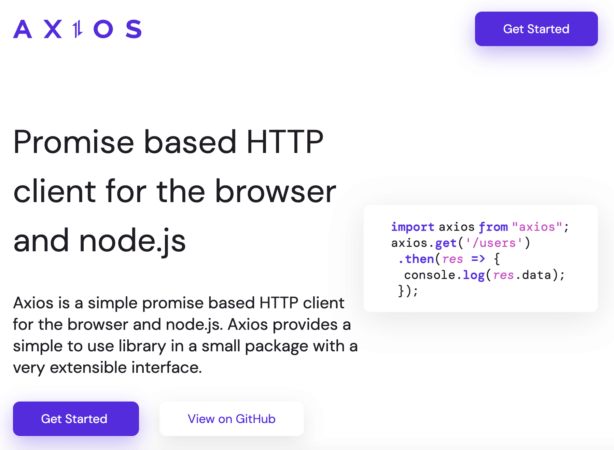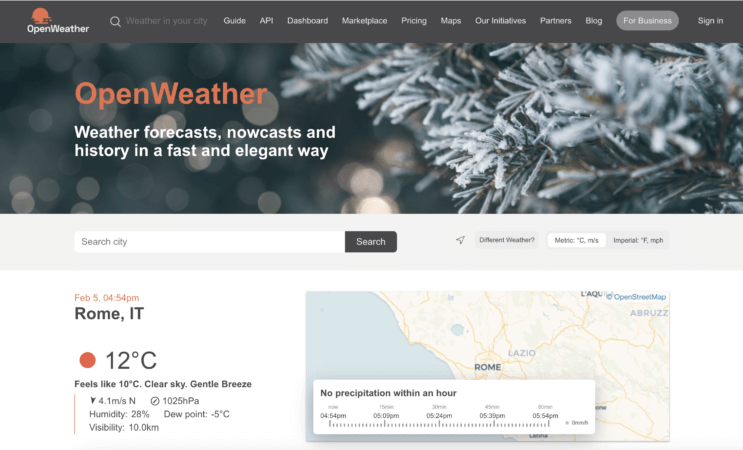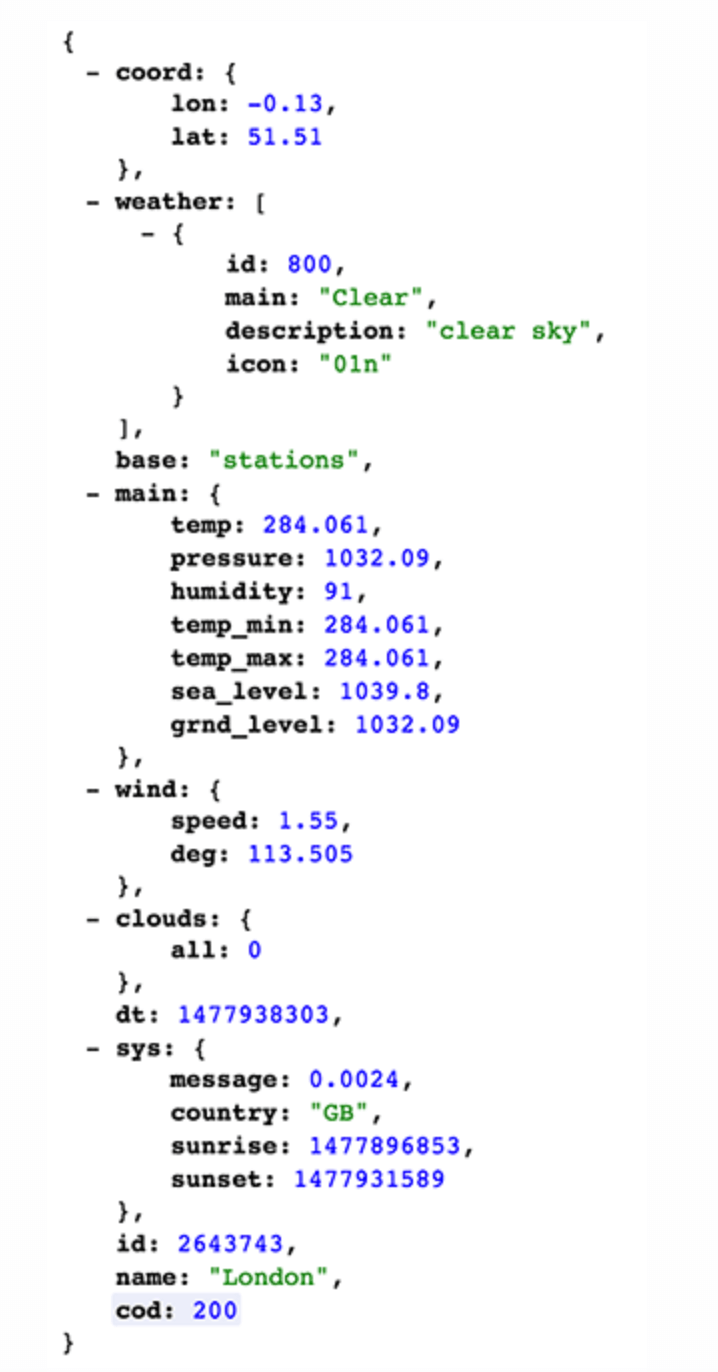Send HTTP GET and POST requests with Javascript and Axios
Axios is a JavaScript library used to send and receive data from a web server. Like http GET and POST requests.
di Antonio Lamorgese
Axios is a JavaScript library for making HTTP, GET and POST requests, used to send and receive data from a server that exposes web service APIs. Axios supports a variety of features such as asynchronous HTTP requests, interception of requests and responses, error handling, automatic data serialization and more. Axios is very popular for its ease of use and versatility. One of its strengths is the ability to send synchronous and asynchronous requests.
Table of contents...
Why use Axios instead of jQuery or fetch
There are several reasons why Axios might be preferred over other native libraries or APIs like jQuery or Fetch:
a) Ease of use: Axios is designed to be simple and intuitive to use, making it a good choice for those looking for an easy way to make HTTP requests.
b) Compatibility with modern technologies: Axios is designed to work with modern technologies such as React and Angular, making it a good choice for projects based on these technologies.
c) Support for asynchronous requests: Axios supports asynchronous requests, which means that you can make multiple requests simultaneously and handle the response once they are available.
d) Interception of requests: Axios allows you to easily intercept and manage requests and responses, which is useful for managing authentication tokens or adding custom headers to each request.
e) Data serialization support: Axios allows you to automatically serialize the data sent in a request, which makes sending complex data much easier.
In summary, Axios offers a number of advanced features that make it a good choice for projects that require a powerful and flexible solution to HTTP requests.
Read more: “ChatGPT in action with CURL from command prompt”
How to include Axios in a web page
Before using Axios you need to get the library either on its website or on the official repository on GitHub. You can then include the library directly into your web page.

To include Axios in an HTML file, you can do it in several ways, including:
a) Use a CDN: You can include Axios using a Content Delivery Network (CDN) such as JSDelivr. Here’s how to include Axios via JSDelivr:
<script src="https://cdn.jsdelivr.net/npm/axios/dist/axios.min.js"></script>
b) Download the file locally: you can download the Axios file from the official site and then include it as a local file in your project. Here’s how to include Axios as a local file:
<script src="your_web_path/axios.min.js"></script>
Once you have included Axios, you can use the library as described in the previous examples. Make sure you include Axios before any code that uses it.
Access weather data with Axios
OpenWeatherMap.org is a web service that provides current weather information and weather forecasts around the world. Users can access climate data, such as temperature, wind speed, wind direction, humidity, air pressure, and current weather conditions, through an API that they can integrate into other applications or websites. The service is free for limited use and paid for more professional and extensive use of its API.

Note that this example requires you to replace the “YOUR_APP_ID” string with a valid API key. To get your API Key you can register for the service by clicking on this link. Also, the OpenWeatherMap API requires you to accept the terms of service before using the API key itself.
Here is an example of how to use Axios to access the weather data offered by the “ OpenWeatherMap.org ” service:
// Define the OpenWeatherMap API URL
const API_URL = 'https://api.openweathermap.org/data/2.5/weather?q=Rome,Italy&appid=YOUR_APP_ID';
<script>
// Make a GET request to the API
axios.get (API_URL)
.then (response => {
// Handle next
console.log( response.data );
})
.catch (error => {
// Handle error
console.error (error);
});
</script>In this example, Axios sends an http GET request to the URL specified in the API_URL constant. If the request is processed successfully, the data returned by the API is printed directly to the console of your web browser. Otherwise, the error is handled by printing the error message to the console as well. In any case, if you type the URL passed to Axios in the address bar of the browser, the browser will print the response sent to it by OpenWeatherMap in JSON format. The response will look something like this:

Conclusions
In conclusion, Axios is a highly flexible and easy to use JavaScript library for making HTTP GET and POST requests to an API. It has many advantages over other libraries like jQuery or fetch, such as handling asynchronous requests and responses, handling aborted requests, error handling, and the ability to send requests in JSON format.
Axios is supported by a large community of developers, who continue to maintain and improve it. This makes Axios one of the most reliable and secure options for handling HTTP requests.
In summary, Axios is a great library to consider for handling HTTP requests in a web application. With his flexibility, reliability and ease.

